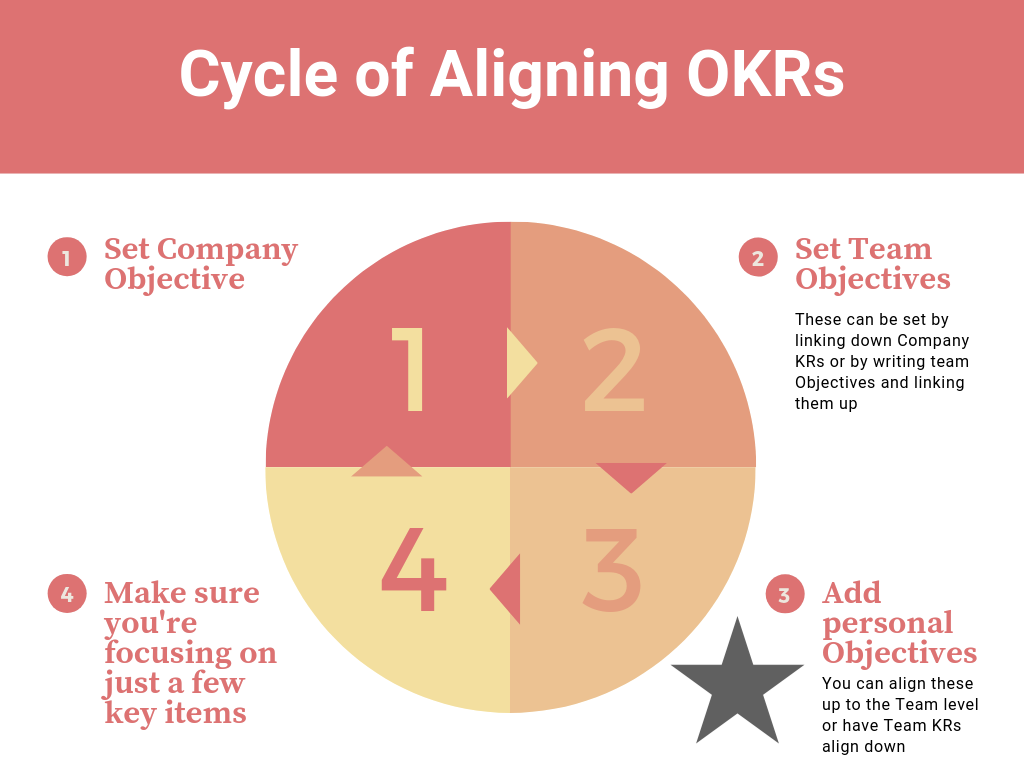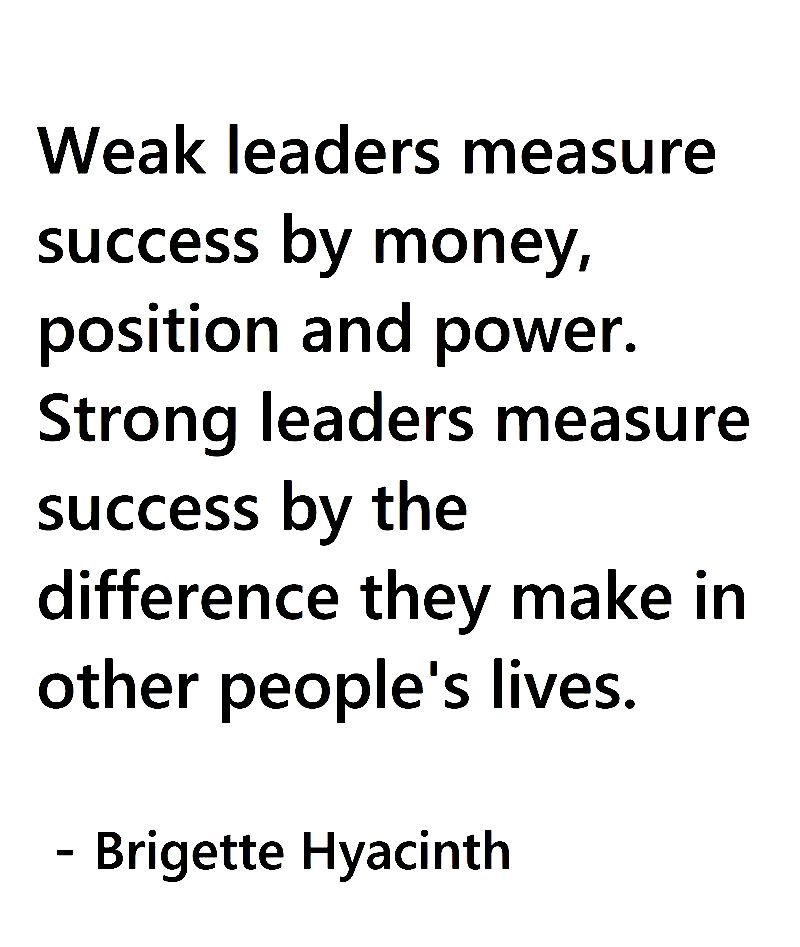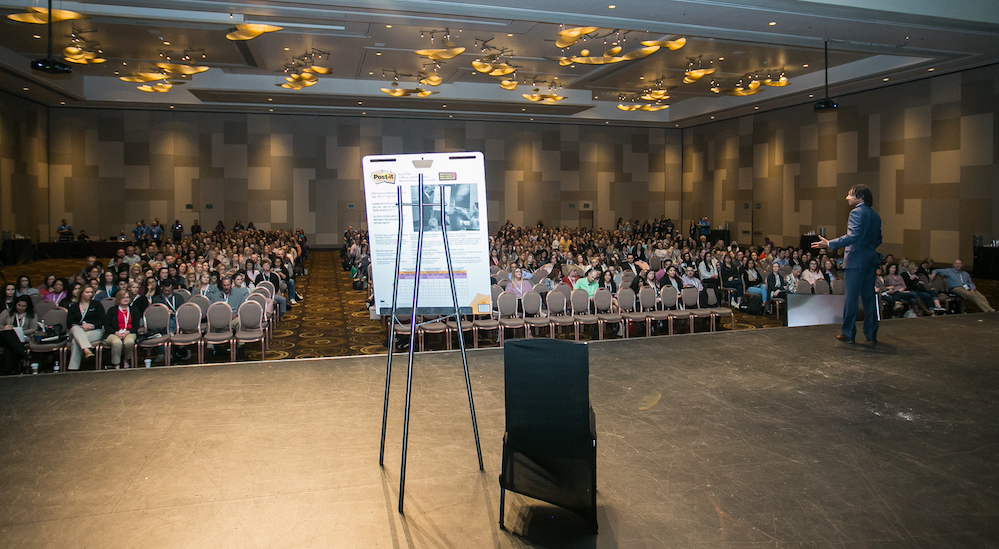A Common Overlooked Organizational Growth Opportunity with Employees
Vital Germaine
What drives, inspires and motivates team members to reach higher and hit the target?
No, I mean really, what is their deepest, most defining/preserving emotional and psychological need?
It is something organizations often ignore or forget to invest in.
I’ve spent the best part of the last ten years delivering employee trainings for such companies as United Airlines and BMW. The focus has been on elevating KPIs (Key Performance Indexes) or OKR’s (Objective Key Results), culture, competencies, customer service, efficiency and productivity (which are great), and reinforcing company core values. The ultimate short-term goals are”always” elevating profits and brand strength.
Let’s take a quick look into standard anatomy of the OKR framework. See image below.
ANATOMY OF THE OKR FRAMEWORK
OBJECTIVES: goals that inspire and set direction (where do I need to go?)
KEY RESULTS: steps that measure progress toward a goal (how do I know I’m getting there?)
INITIATIVES: tasks required to drive progress of key results (what will I do to get there?)
These types of organizational frameworks/trainings bring incredible value. HOWEVER…
Applying this same framework to individual and personalized growth is the long-term differentiator. See image below, in particular the STAR - add personal objectives .
Investing in an employees’ personal development/objectives makes them better human beings. Good human beings are good employees. By identifying, recognizing and investing in individuality (personal aspirations/needs/expectations), and helping team members understand the essence of who they are as individuals is a long-term win-win investment.
The best leaders not only train for growth, they inspire growth!
One of the best ways to inspire any human is to SEE them. Actually “seeing” somebody is potentially the highest form of respect we can give. This elevates and empowers people to reach higher.
Give them the tools to not only learn and understand company core values, but also identify and understand their own core values. Help them see who they are themselves and how as individuals they can best fit and contribute to the company vision and mission. Help the become the best version of themselves not just the best employee. Who are THEY? What do they really WANT? What do they NEED?
Employees are rarely driven by money alone. It’s deeper than that. Money is only a conduit to attain what is truly desired and needed.
Help team members have the confidence to discover themselves and know themselves. It's scary to look thyself in the eyes until you see your own soul for all its glories and fears. Down there, deeply hidden in the foundations of their character lies the answer to who they really are and who/what they really want to be. Help them get there and they will reach higher.
It might take them and the organization a minute to truly SEE themselves! It might take years for them to discover the true self, but the journey is worth it. The investment in personal development in the workplace pays high dividends.
The reflection they will see, the self awareness they will develop, will connect them to a strong sense of purpose. Think Simon Sinek’s “Start With Why.” If that purpose aligns with your core values, vision and mission, then you have a star employee whose productivity and efficiency will soar. That mindset is contagious. It INSPIRES.
The better we know ourselves, the better we can optimize our lives. The better we can optimize our own lives, the more value we can bring to the lives of others.
In Chapter 20 of my book, THINK LIKE AN ARTIST, I share a very impactful self-discovery activity to truly give the individual a starting point to dig deeper into who they are and what drives them.
Who are you really?
My other creativity book titled, INNOVATION MINDSET is the business/leadership equivalent of THINK LIKE AN ARTIST. Request more information about my signature creativity workshop/keynote. At ENGAGE Teams 360, we love to inspire and empower through our highly interactive, fun, informative and transformational content.
Vital Germaine,
President ENGAGE Teams 360





























